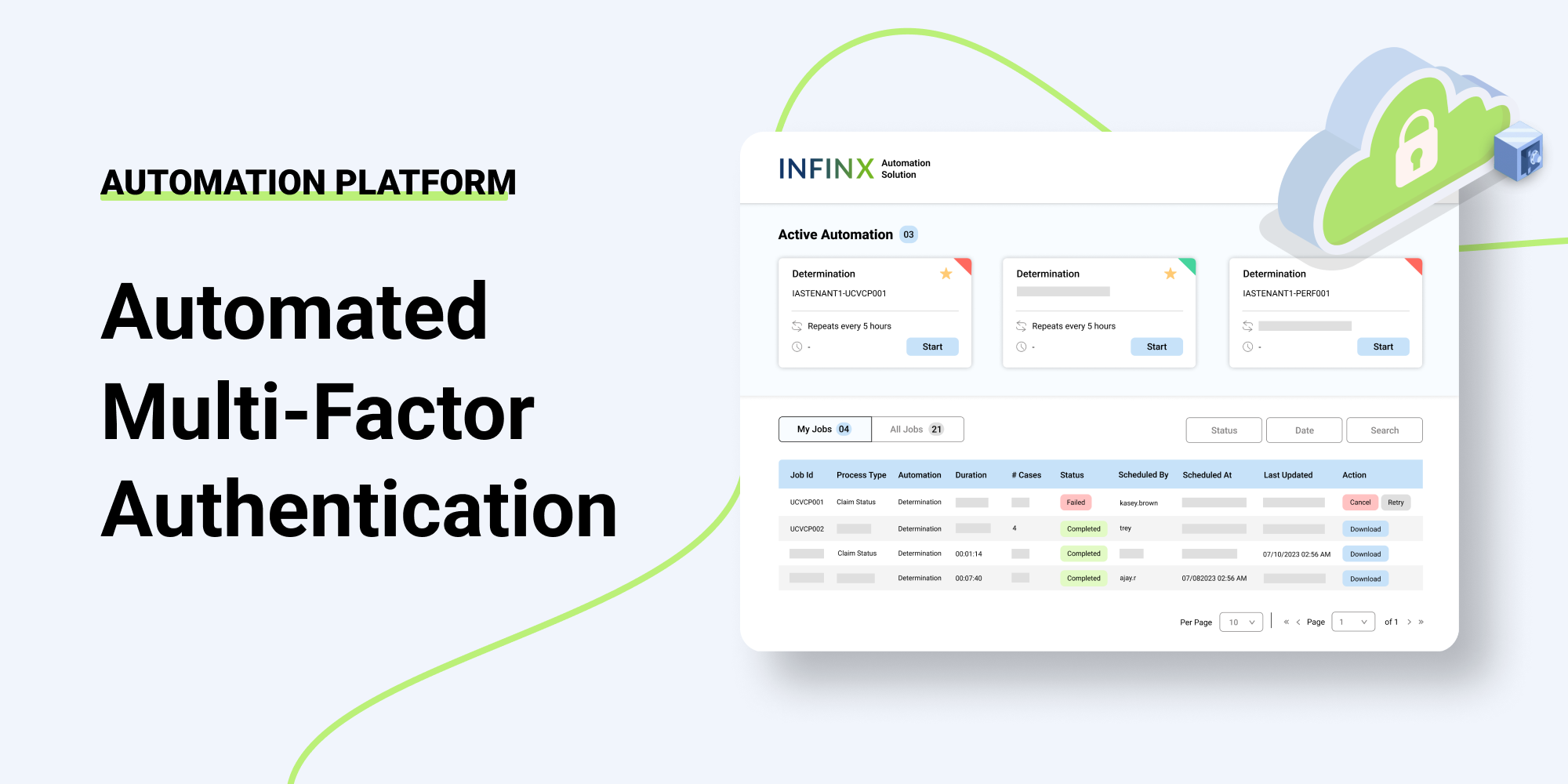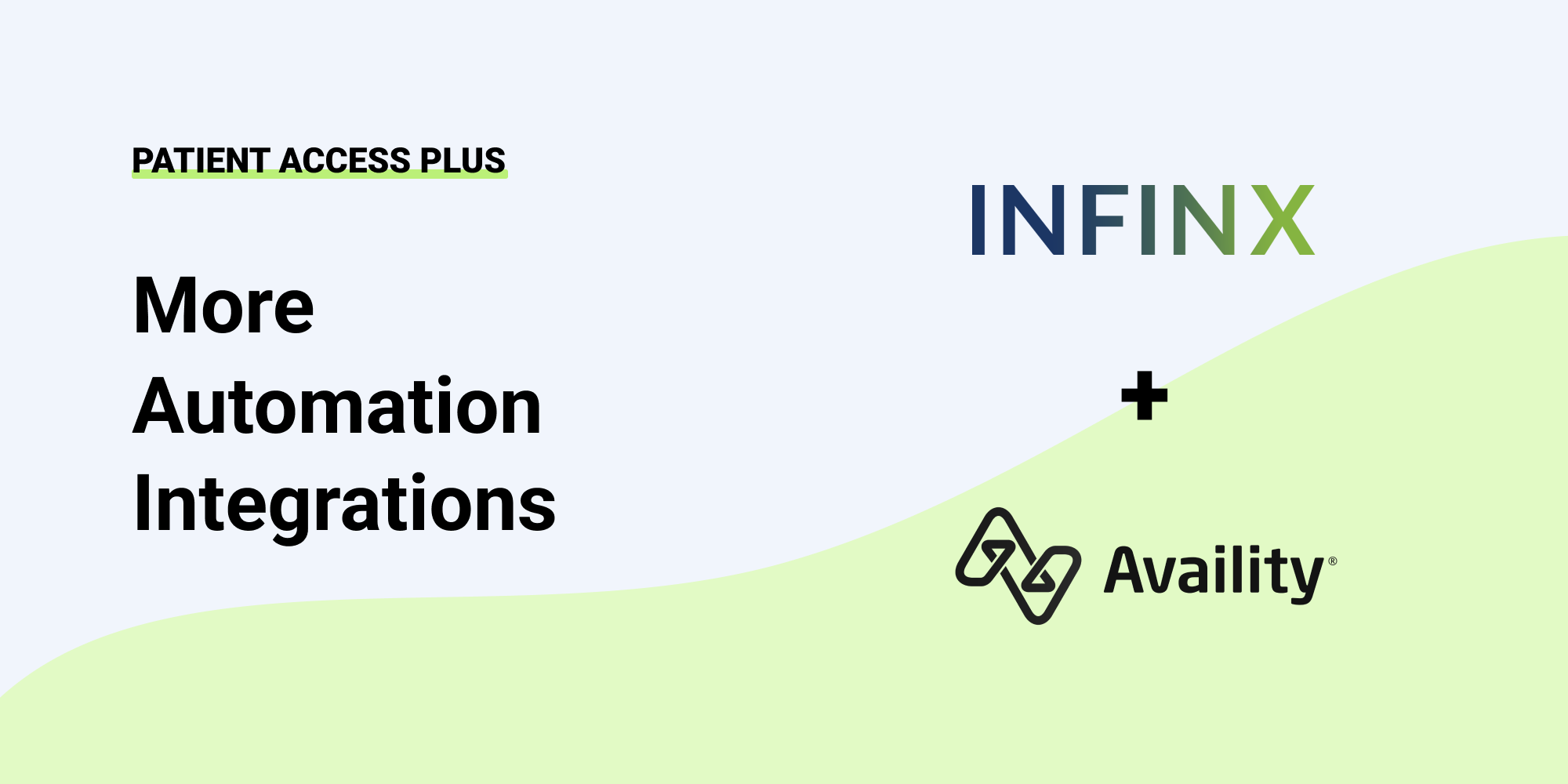UPDATE: Effective October 23, 2020, Health and Human Services (HHS) has extended the public health emergency for 90 days or until January 23, 2021. This will also include a new round of $20 billion in support intended to cover ongoing pandemic-related expenses for providers.
Financially, the healthcare industry is in disarray and at serious risk of financial collapse. Representing over 18% of the National GDP, the healthcare sector, in general, and hospitals and provider practices in particular, are suffering serious financial damage with no end in sight.
According to a recent report published by a leading healthcare consulting firm surveying 800 hospitals, operating margins have dropped by 150% year over year (y/y) due to declining patient volumes and the associated lost revenue. Equally alarming, earnings before interest, taxes, and amortization (EBITA) operating margins were reduced more than 100% y/y in a matter of just two to three weeks.
The Impact on Hospitals
With time being of the essence and to meet the unprecedented need being anticipated starting in early March, hospitals had to prepare for the sudden spike in COVID-19 cases. This included canceling elective or non-emergent procedures to free up capacity for patients facing immediate, life-threatening illnesses.
Unfortunately, this redistribution of resources and capacity came with a price. Almost a 55% reduction in volume across all services lines from patients who normally would submit for treatment, but didn’t due to COVID-19. It’s estimated that this is equivalent to a loss of revenue of $60.1 billion per month for hospitals nationwide and has been further complicated by a 114% increase in uninsured care across the board.
Between the system-wide cancellations of elective procedures that are the bread and butter of most hospital systems—including hip replacements (down -79%), knee replacements (down -99%), spinal fusions (down -81%), and diagnostic catheterizations (down -65%)—and the expense outlay used to build staff, supplies, and overall capacity for the coming surge of COVID-19 patients, March saw already-thin margins (>2% typically) virtually wiped out.
All things considered, there has been a glimmer of hope in April and May. With outpatient hospital volumes falling over 64% the week of April 5th (y/y), there were incremental increases throughout the rest of April and into May as early stages of a patient volume recovery were underway.
Provider Practices Are Not Faring Any Better
With over 85% of primary care practices seeing a dramatic decrease in patient volume as reported by the Primary Care Collaborative (PCC), an overwhelming 42% of practices have serious concerns about furloughing staff members and having enough cash flow to meet expense requirements, while a full 20% are anticipating having to close their doors permanently within the next four to six weeks. And specialty care providers affected by canceled electives are facing similar pressures regarding cash flow and ongoing continuity as they navigate this new reality.
To be fair, the Centers for Medicare and Medicaid Services (CMS) eased the telehealth restrictions in early March to free providers up so that they could provide care in a virtual setting instead of risking their patients’ health, as well as their own. There was an expected lag time in getting practices up to speed, coding and billing issues ironed out, and patients educated on how to access care—not long, but enough to pressure practices financially.
3 Ideas that Focus on Previously Earned Revenue
Whether impacted by the influx of COVID-19 patients, or the potential surge to come, there are three ideas that may help with the requisite patient access and revenue cycle management functions to ensure that all reimbursement is captured and boosting the bottom line.
- Coding and Billing Support—With significant staffing challenges and changes to the CPT, DRG, and ICD-10-CM coding systems, consider third-party scalable solutions that allow speedy and accurate COVID-19 patient care billing that will speed up reimbursement.
- AR Optimization and Streamlined Collections—Denials management and working the bad debt often falls to a last-place finish when volume picks up in any healthcare situation. Now may be the time to employ advanced automation coupled with Artificial Intelligence (AI) to proactively collect money owed now.
- Insurance Discovery—With coverage in place that isn’t divulged by the patient (known or unknown), money owed often ends up in collections or written off. By utilizing an AI-driven program that taps into massive clearinghouses of insurance information, unidentified insurance is discovered so that claims can be resubmitted and collected.
The Coming Surge
Both hospitals and providers are anticipating the coming surge of not only additional COVID-19 patients but the elective and postponed care that will be sure to follow once the nation reopens or eases stay-at-home orders. There is concern from some quarters that the system has been weakened to the point where it is unable to absorb these visits/procedures and will struggle with burned-out staff and a lack of personal protective equipment, among other things.
One thing is certain—we can’t afford to let our healthcare system fail! Without further financial support, some hospitals and practices (specifically primary care) will be forced to close leaving communities without necessary services.
Learn more by contacting us to schedule a demo. Let us show you where revenue may exist that will help your bottom line during the COVID-19 financial squeeze.


